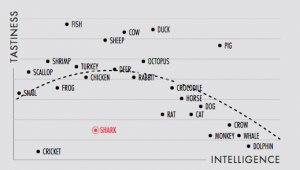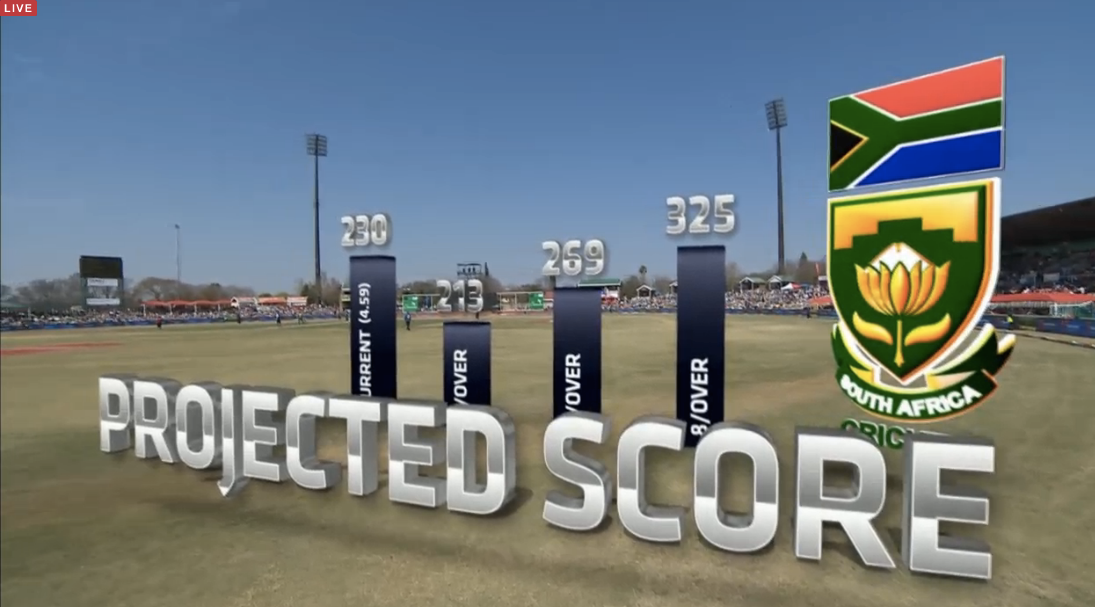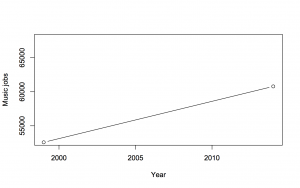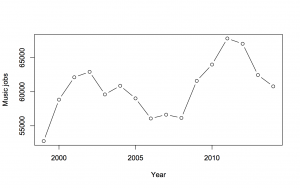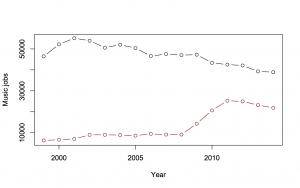NRL Predictions for Round 25
Team Ratings for Round 25
The basic method is described on my Department home page.
Here are the team ratings prior to this week’s games, along with the ratings at the start of the season.
| Current Rating | Rating at Season Start | Difference | |
|---|---|---|---|
| Roosters | 9.80 | 9.09 | 0.70 |
| Broncos | 7.71 | 4.03 | 3.70 |
| Cowboys | 7.26 | 9.52 | -2.30 |
| Rabbitohs | 4.27 | 13.06 | -8.80 |
| Bulldogs | 3.96 | 0.21 | 3.80 |
| Storm | 3.50 | 4.36 | -0.90 |
| Sea Eagles | 2.25 | 2.68 | -0.40 |
| Dragons | 0.62 | -1.74 | 2.40 |
| Sharks | -0.86 | -10.76 | 9.90 |
| Raiders | -2.27 | -7.09 | 4.80 |
| Panthers | -2.92 | 3.69 | -6.60 |
| Eels | -4.32 | -7.19 | 2.90 |
| Knights | -4.74 | -0.28 | -4.50 |
| Warriors | -6.20 | 3.07 | -9.30 |
| Wests Tigers | -7.77 | -13.13 | 5.40 |
| Titans | -8.96 | -8.20 | -0.80 |
Performance So Far
So far there have been 176 matches played, 100 of which were correctly predicted, a success rate of 56.8%.
Here are the predictions for last week’s games.
| Game | Date | Score | Prediction | Correct | |
|---|---|---|---|---|---|
| 1 | Dragons vs. Panthers | Aug 20 | 19 – 12 | 6.40 | TRUE |
| 2 | Rabbitohs vs. Bulldogs | Aug 21 | 18 – 32 | 6.10 | FALSE |
| 3 | Sharks vs. Wests Tigers | Aug 22 | 40 – 18 | 7.90 | TRUE |
| 4 | Warriors vs. Cowboys | Aug 22 | 16 – 50 | -5.60 | TRUE |
| 5 | Roosters vs. Broncos | Aug 22 | 12 – 10 | 5.60 | TRUE |
| 6 | Titans vs. Raiders | Aug 23 | 28 – 12 | -6.80 | FALSE |
| 7 | Sea Eagles vs. Eels | Aug 23 | 16 – 20 | 11.80 | FALSE |
| 8 | Storm vs. Knights | Aug 24 | 6 – 20 | 15.20 | FALSE |
Predictions for Round 25
Here are the predictions for Round 25. The prediction is my estimated expected points difference with a positive margin being a win to the home team, and a negative margin a win to the away team.
| Game | Date | Winner | Prediction | |
|---|---|---|---|---|
| 1 | Rabbitohs vs. Broncos | Aug 27 | Broncos | -0.40 |
| 2 | Sea Eagles vs. Roosters | Aug 28 | Roosters | -4.60 |
| 3 | Eels vs. Sharks | Aug 29 | Sharks | -0.50 |
| 4 | Knights vs. Bulldogs | Aug 29 | Bulldogs | -5.70 |
| 5 | Storm vs. Cowboys | Aug 29 | Cowboys | -0.80 |
| 6 | Wests Tigers vs. Warriors | Aug 30 | Wests Tigers | 2.40 |
| 7 | Titans vs. Dragons | Aug 30 | Dragons | -6.60 |
| 8 | Raiders vs. Panthers | Aug 31 | Raiders | 3.60 |
